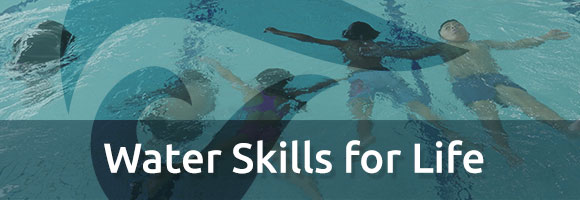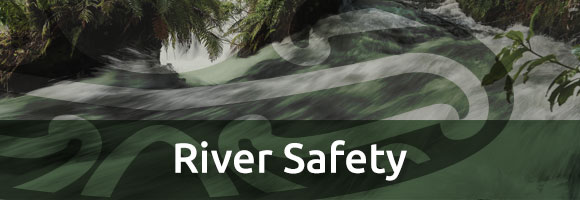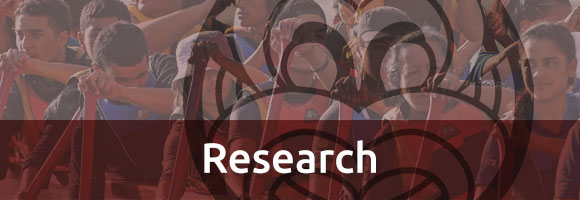English | Māori
Rauemi / Resources
These resources have been developed on behalf of the Ministry of Education by Water Safety New Zealand.
They provide kaiako classroom or outdoor activities to help tamariki learn about keeping themselves safe around water through strengthening their connection to wai through whakapapa, mātauranga and tikanga.
Resources include background material, unit plans, assessment material in the learning area of hauora of Te Marautanga o Aotearoa. These topics also have Technology, Te Reo and Social Studies as minor curriculum foci, if they’re not already the major curriculum focus. The centrepost of Te Marautanga o Aotearoa is founded on the aspiration to develop successful learners, who will grow as competent and confident learners, effective communicators in the Māori world, health of mind, body and soul and secure in their identity, and sense of belonging.
For the roots of humanity to grow well, spiritual seeds must first be sown.
Irrigate with the enduring waters of life, and Hauora will result.
Learning Context / Kaupapa
Waiora – Personal Health and Development, safety and safe practices.
Taiao – Health and the environment, close and enduring relationships between people and the natural world.
Tangata – People and relationships, affirming and supporting unique Māori views of the world.
Karakia / Waiata
General karakia and waiata have been collated to use and teach during lessons.
Tikanga
Tikanga is concerned with the customary values and practises that have developed over time. Whānau live according to their values and beliefs, and supporting rules and customs put in place to ensure that everything is done in the correct manner.
Tikanga determines what we physically do in the water, but more importantly, doing it the correct way.
Lessons
All lesson plans are available in PDF format. Download the English language plans. Download the Te Reo plans.
ACHIEVEMENT OBJECTIVES: Over the course of the programme, which may take several years, tamariki learn:
Identifying bodies of water in Aoteaora
-
Characteristics of different bodies of water from the students local area
History and importance of these bodies of water
Water safety and measures in and around these bodies of water -
Identifying place names
-
Traditional methods for keeping safe in the water
SEE THE LESSON English | Maori
The importance of a place name
-
The history behind the names of certain areas and locations in Aotearoa
-
Our tupuna were skilled navigators. Kupe was the very first to navigate on waka, the long journey from Hawaiki to Aotearoa. Maui fshed up the North Island, Te ika ā Maui. Our ancestors were very adept at understanding the water.
SEE THE LESSON English | Māori
Traditional methods for keeping safe in the water
-
Water safety practises of our ancestors
-
Water safety practises of today when in, out and around water
-
Utilising water safety practises of old and recent, to support better water safety around all bodies of water.
Dangers and safety rules for places we swim
-
Four simple rules to remember when you’re in, on or around water
- To listen and read the water
- Safe behaviour in the different types of water.
SEE THE LESSON English | Māori
Testing materials for flotation
- Traditional stories where floatation devices and survival methods were used
- Survival methods in the water
- To predict, test and evaluate the use of everyday objects and materials as floatation aids.
Knowing our rivers
-
Aspects of research, investigate and ask questions about a river from home
SEE THE LESSON English | Māori
Rocky shores, sandy beaches and river mouths
-
The dangers that are present in the various coastal environments (i.e. rocky shore, sandy beach and river mouth)
-
Strategies they can use to understand and minimise these dangers.
Other Resources
Water Skills for Life is the national standard for aquatic education in Aotearoa primary schools. It is generally learnt in the pool.
More people drown in rivers than in any other aquatic environment in Aotearoa.




